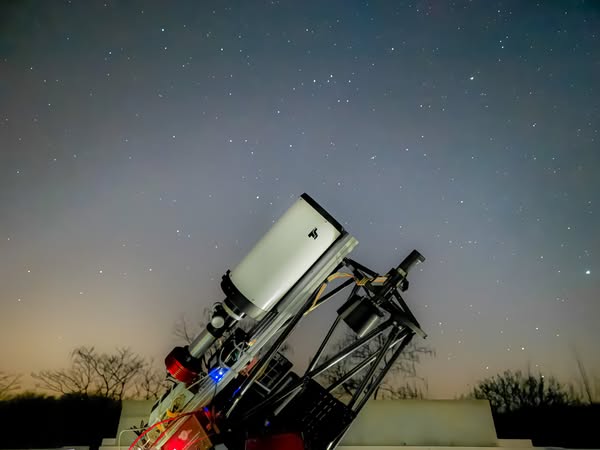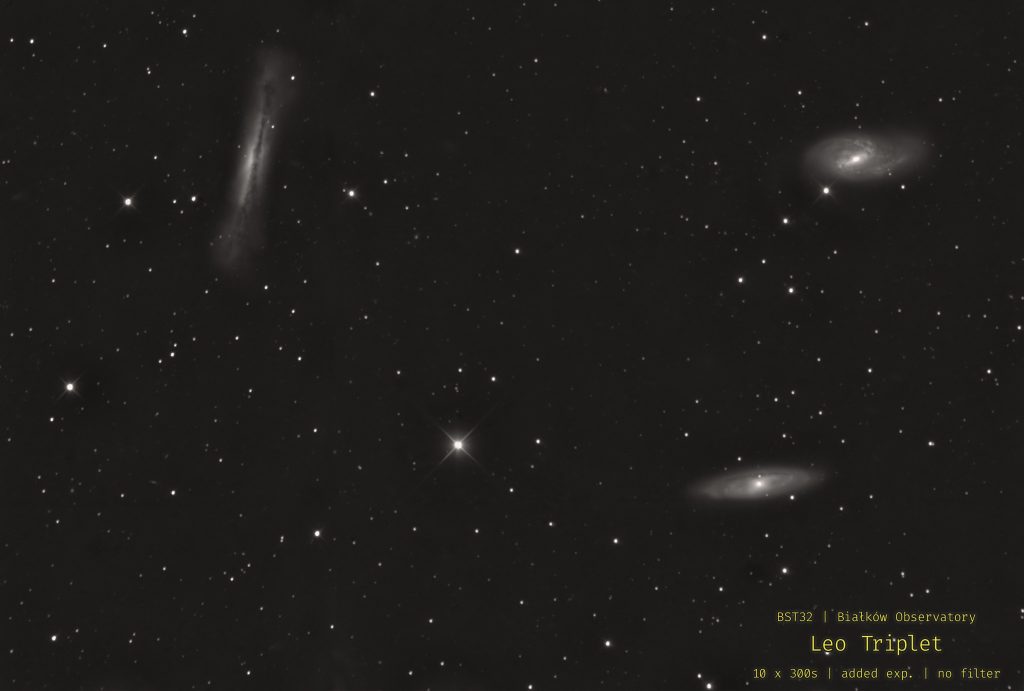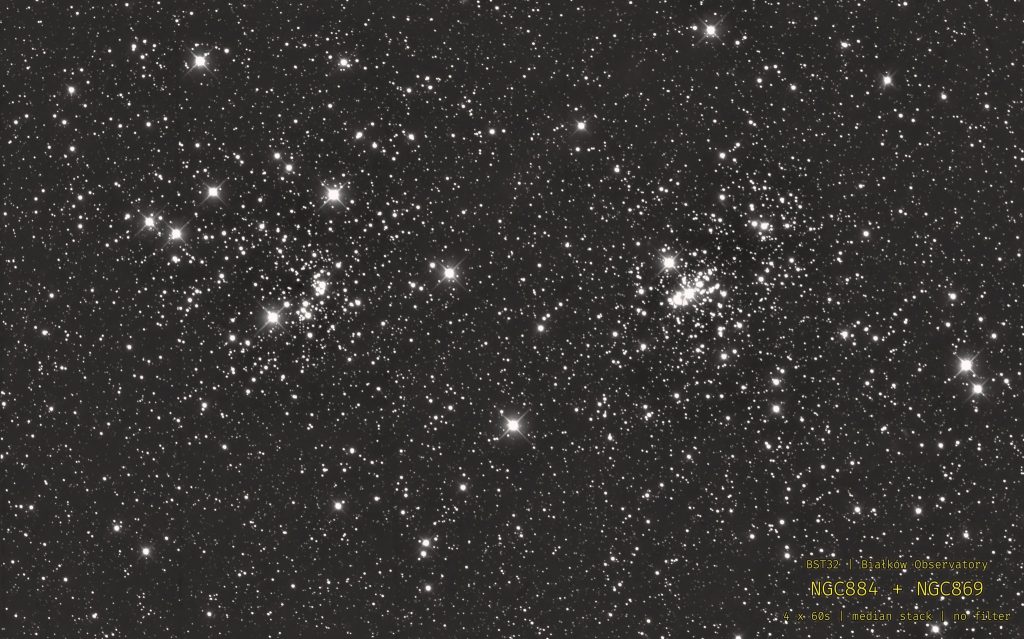Launch of the robotic telescope at the Astronomical Observatory in Białków

Since the beginning of March 2025 the Institute of Astronomy is in possession of the first in its history remotely controlled telescope – an advanced observational system with great research and educational possibilities.
The main element of this unit is a 12.5 inch radius Ritchey-Chrétien telescope made by an American company RC Optical. Telescopes of this type are valued by both professionals and enthusiasts of astronomy for excellent imaging and minimization of aberrations, which translates to a high quality of photographs of deep sky objects, such as nebulas, star clusters, or galaxies.
The entire system is seated on a Paramount ME (Software Bisque) mount, which is considered one of the most modern and precise solutions in the field of astrophotography and scientific observation. In practice, this means the ability to make effective use of observation nights – monitoring up to a dozen objects in a single night and quickly responding to the appearance of sudden astronomical events.
The system includes two CMOS cameras, each intended for slightly different tasks. One of them, a monochromatic Moravian G4-9000, has a large and sensitive matrix making it possible to register extremely weak objects and conduct precise photometrical measurements. In addition, the mounted set of Astrodon filters (V, R, I – Johnson-Cousins system, in size 50×50 mm) enables following changes in stellar brightness, discovering new planetoids and comets. The other camera, an Atik 11000 in colour, is mainly intended for less challenging photographs of the sky, such as attractive astrophotographs of galaxies or nebulas, useful for popular science and educational purposes.
Interestingly, a smaller TS-Optics GSO 6″ f/12 Cassegrain telescope was also placed on the same mount. With the concurrent operation of two instruments it will be possible to conduct various projects simultaneously – for example long-time photometry of stars using the main telescope and monitoring the overflights of satellites or planetoids with the other instrument.


The planned robotization of the entire system opens up broad perspectives not only for the University of Wrocław scientists, but also students, school youth, and enthusiasts of astronomy who will be able to participate in remote observations and educational workshops. A robotized telescope will enable fully automated planning of observation sessions: making a series of calibration images, proper alignment of the telescope to the selected target, adjusting filters and taking a series of photos. This will make the work of astronomers much more effective while young researchers will get a chance to make their own discoveries and learn more about the secrets of space.
Therefore, introducing the first robotic telescope to the Institute of Astronomy of the University of Wrocław is a milestone in the development of scientific research and the popularization of science. This exceptional set of equipment will allow conducting advanced research projects and at the same time it will serve to popularize astronomy among a wide range of night sky enthusiasts.
